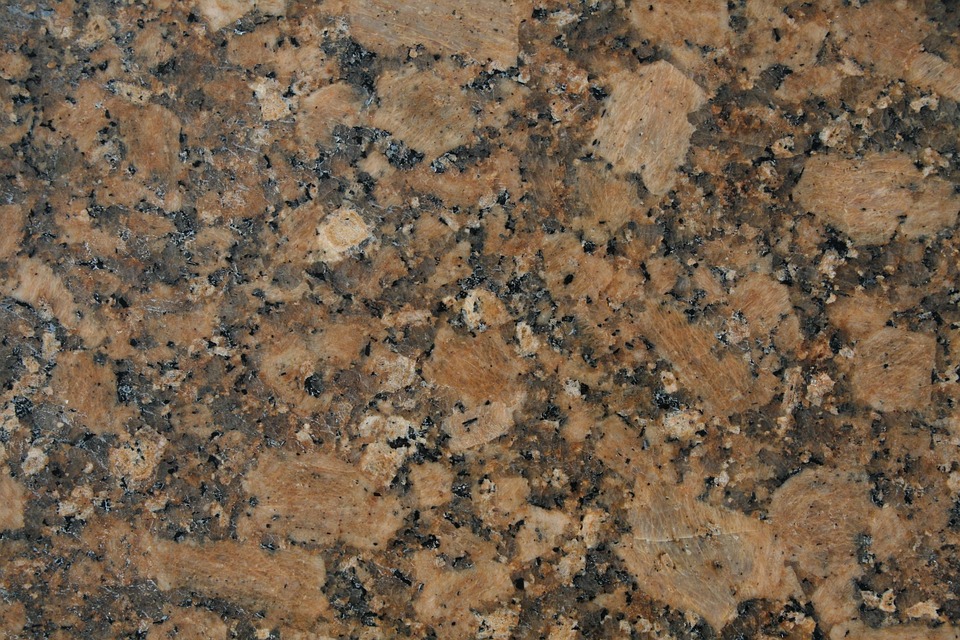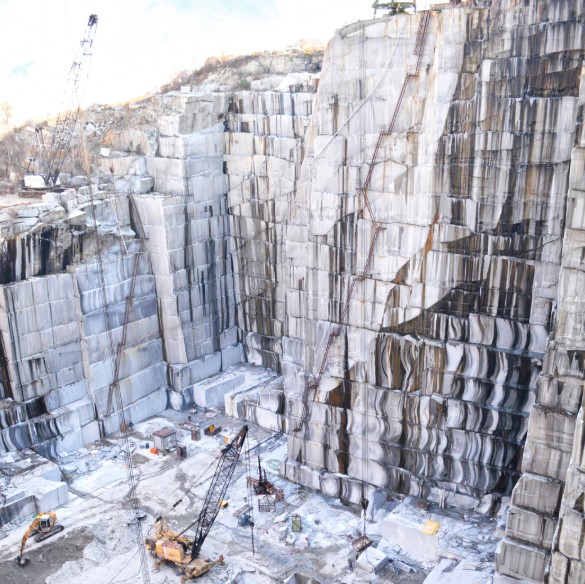Granite is a coarse-grained igneous rock formed from the slow cooling and solidification of magma deep within the Earth’s crust. Its characteristic speckled appearance comes from the large crystals of its constituent minerals, primarily:
- Quartz: Typically translucent or white, it makes up about 20-60% of granite according to most web sources.
- Feldspar: This is the most abundant mineral in granite, comprising about 60-70%. It comes in various forms, including orthoclase (potassium-rich) and plagioclase (sodium-calcium rich).
- Mica: Biotite (dark) and muscovite (light) are the common mica minerals in granite, usually making up 5-10%.

The specific proportions of these minerals can vary, leading to different types of granite with slightly different appearances and properties. However, the overall composition remains broadly granitic.
Here is the million dollar question: why is the Continental Crust Mostly Granite?
The abundance of granite in the continental crust is a consequence of its formation processes:
- Magma Differentiation: The continental crust is primarily formed at subduction zones, where oceanic plates dive beneath continental plates. As the oceanic plate descends, it partially melts, generating magma. This magma undergoes a process called differentiation as it rises, with denser minerals crystallizing and settling out, leaving behind a magma enriched in lighter elements like silicon and aluminum. This process ultimately leads to the formation of granitic magma.
- Partial Melting: The continental crust itself can also partially melt due to heat from below or radioactive decay within. This process, known as anatexis, also produces granitic magmas as the lower-melting-point minerals melt first.
- Tectonic Activity: The constant movement of tectonic plates leads to collisions and mountain building. These processes can cause existing rocks, including those of granitic composition, to be uplifted and exposed at the surface.
Properties of Granite and Their Influence
The granitic composition of the continental crust gives it several key properties:
- Low Density: Compared to the denser oceanic crust (mostly basalt), granite’s lower density makes the continents “float” higher on the mantle. This is why continents stand at a higher elevation than the ocean floor.
- High Viscosity: Granite magma is very viscous, meaning it is thick and resistant to flow. This leads to explosive volcanic eruptions when granitic magma reaches the surface, in contrast to the more fluid basaltic eruptions of oceanic volcanoes.
- Rich in Silica and Aluminum: These elements are essential for the formation of many common minerals, making granite a significant source of resources.
The Significance of a Granite-Dominated Crust
The continental crust’s granitic composition has played a crucial role in:
- Earth’s Habitability: The continents provide a stable platform for life to thrive, with diverse environments and resources.
- The Water Cycle: The elevation difference between continents and oceans drives the water cycle, influencing weather patterns and erosion.
- Resource Distribution: Granite and related rocks are sources of valuable minerals and elements, shaping human civilization and industry.

Conclusion
The continental crust’s composition, dominated by granite, is a fundamental aspect of Earth’s geology. Its formation processes, physical properties, and chemical makeup have shaped the planet’s surface, influenced its habitability, and provided essential resources for life. Understanding the nature of the continental crust is crucial for comprehending Earth’s past, present, and future.
Granite kitchen countertops Dallas – Quartz kitchen countertops Dallas
Schedule a free on-site consultation in the Dallas-Fort Worth area
